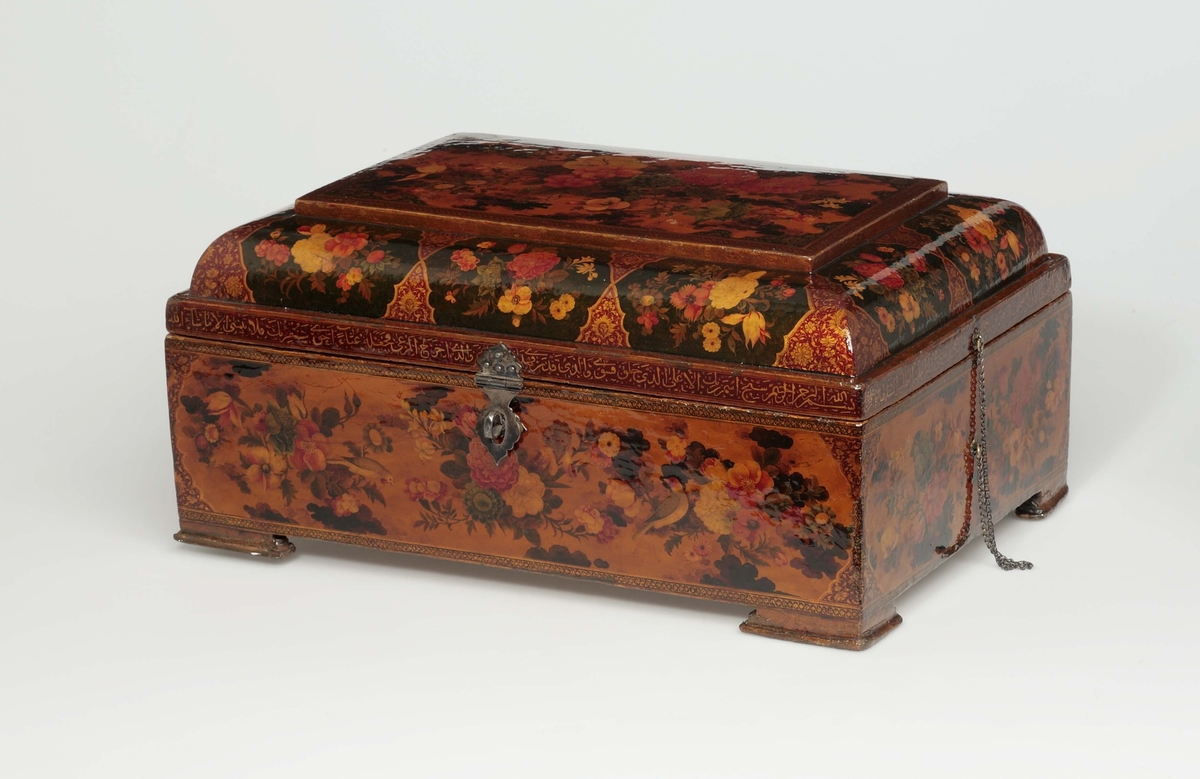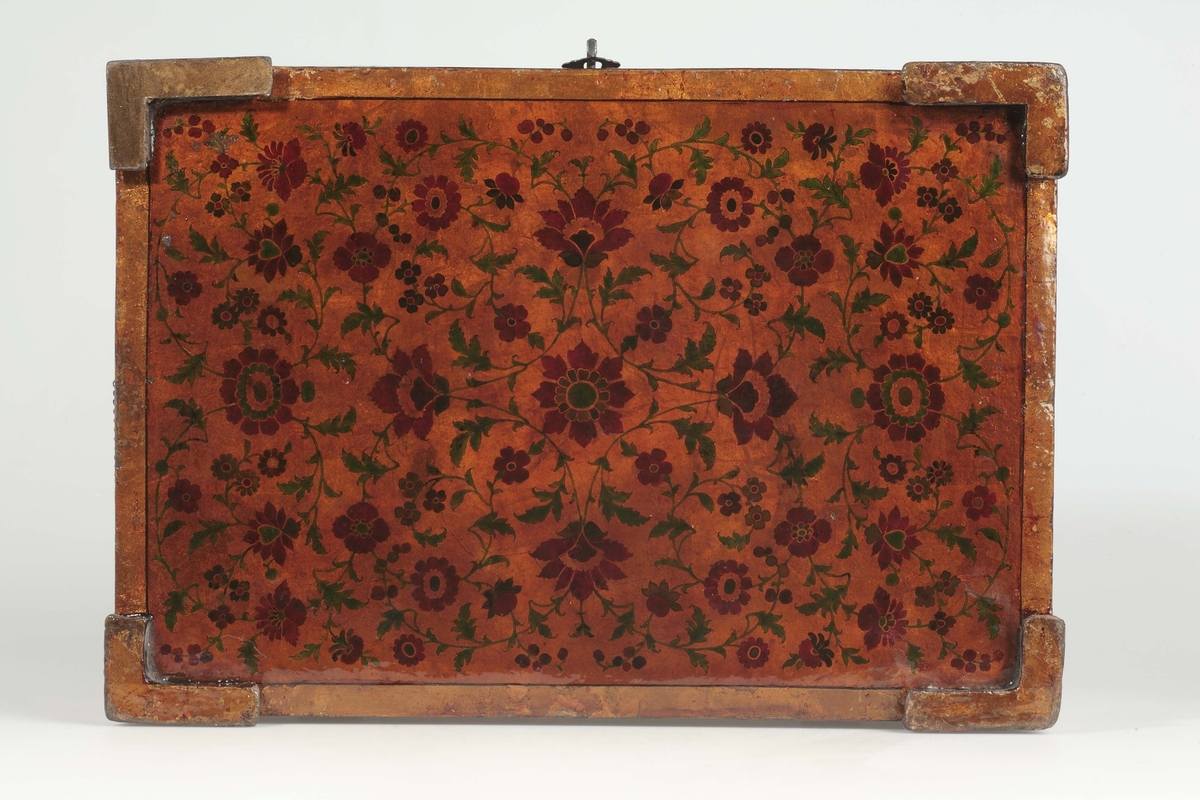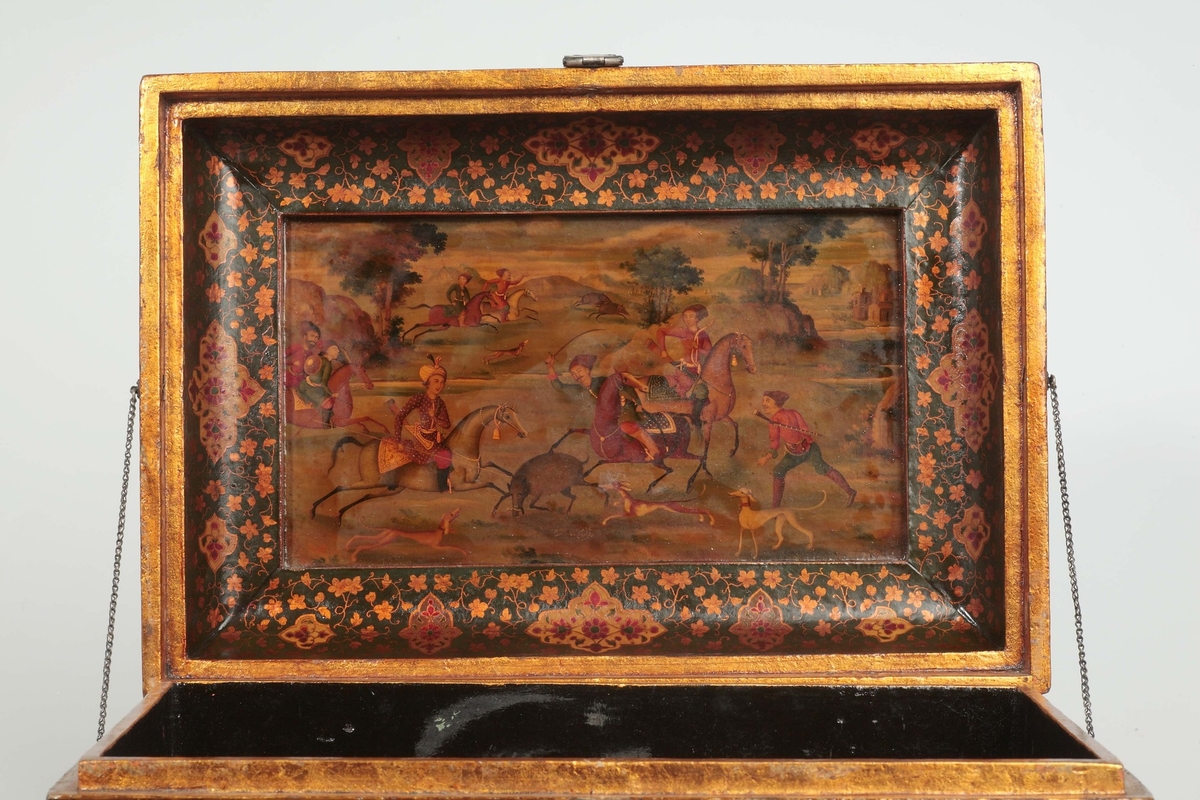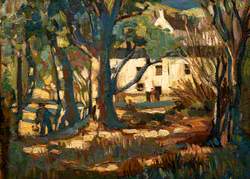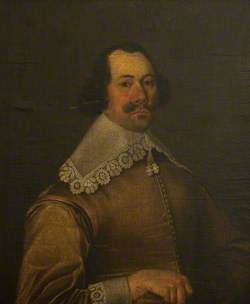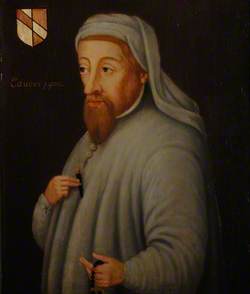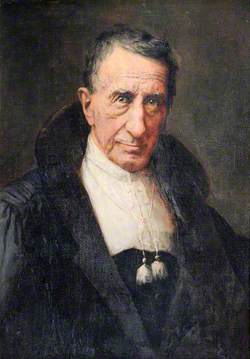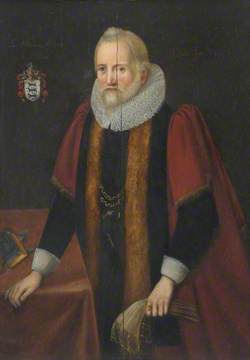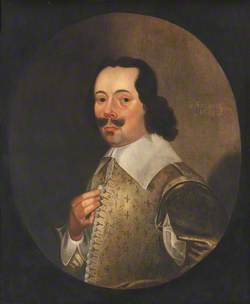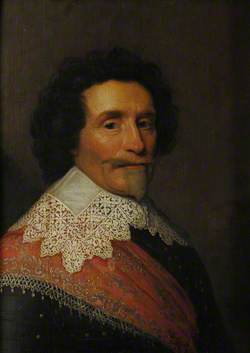How you can use this image
This image can be used for non-commercial research or private study purposes, and other UK exceptions to copyright permitted to users based in the United Kingdom under the Copyright, Designs and Patents Act 1988, as amended and revised. Any other type of use will need to be cleared with the rights holder(s).
Review the copyright credit lines that are located underneath the image, as these indicate who manages the copyright (©) within the artwork, and the photographic rights within the image.
The collection that owns the artwork may have more information on their own website about permitted uses and image licensing options.
Review our guidance pages which explain how you can reuse images, how to credit an image and how to find images in the public domain or with a Creative Commons licence available.
Notes
Add or edit a note on this artwork that only you can see. You can find notes again by going to the ‘Notes’ section of your account.
The top of the lid and the sides of the casket are decorated with panels of flowers and birds on an imitation-tortoiseshell ground. The sides of the lid have massed flowers on a dark-green ground. All the panels are framed by areas of gold illumination on a red or black ground. The flat surface on the inside of the lid has a hunting scene in a European landscape, possibly figuring the first Qajar ruler, Aqa Muhammad Khan, who declared himself shah in 1796. The panels surrounding the painting, which appear to imitate Indian enamelled or encrusted work, may be an allusion to the Peacock Throne, believed to have been among the spoils brought back to Iran from Nadir Shah's sack of the Mughal treasury in Delhi in 1739. The inside of the body of the casket is plain black and the base has floral scrollwork in red and green on a gold ground.
Title
Casket
Date
1211 AH (1796–1797)
Medium
papier-maché body, with hinged lid & silver fittings
Accession number
914
Work type
Sculpture
